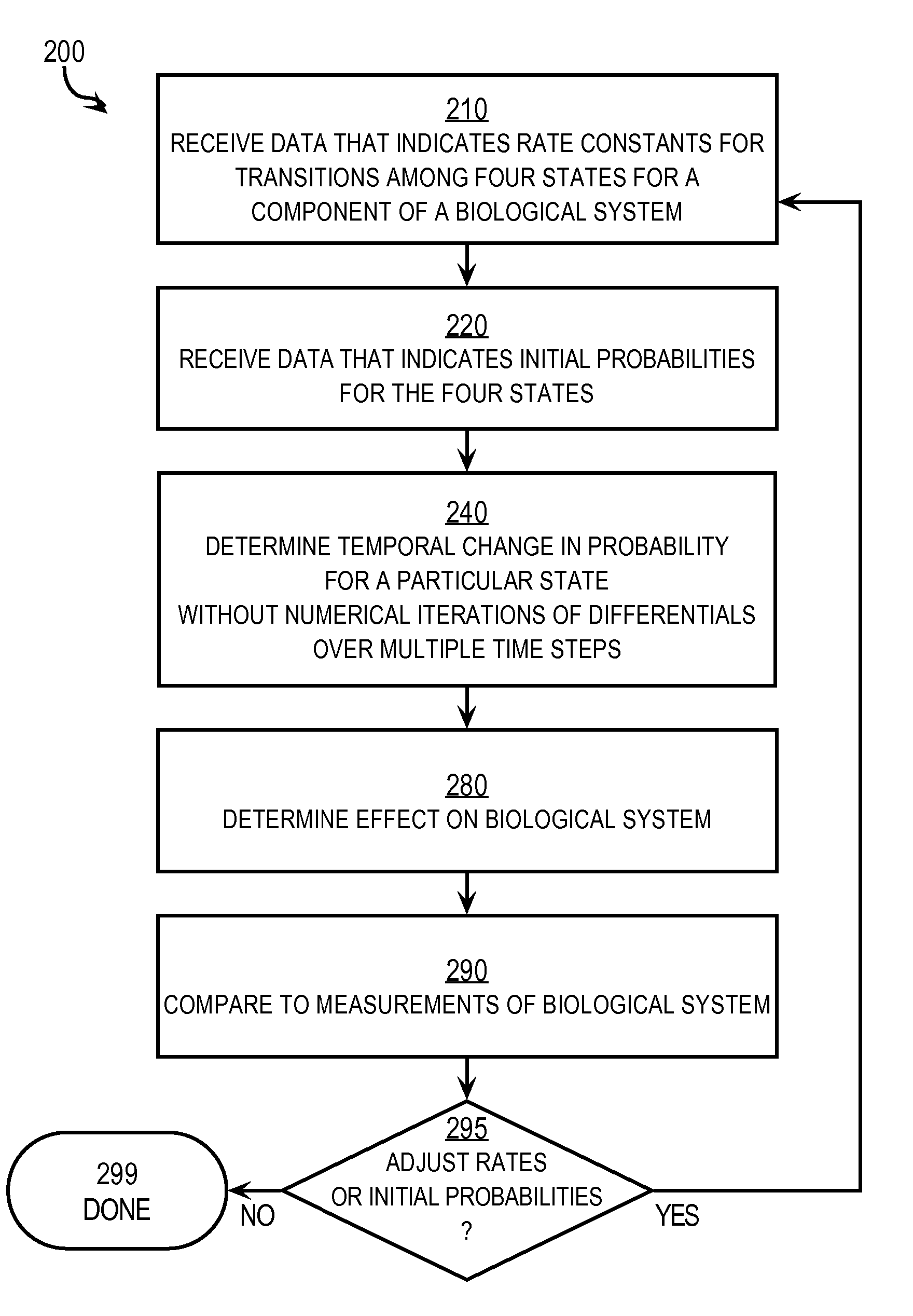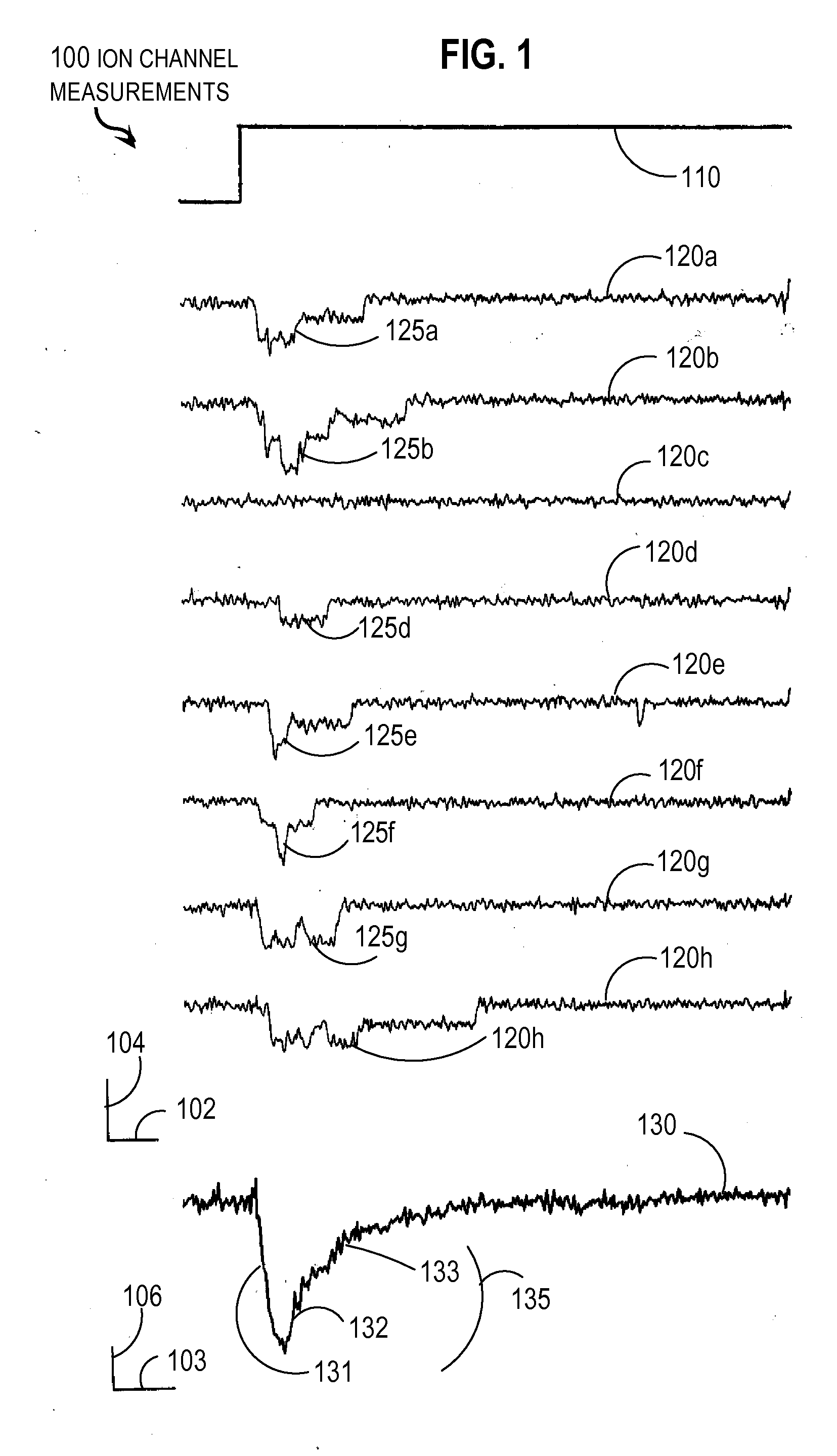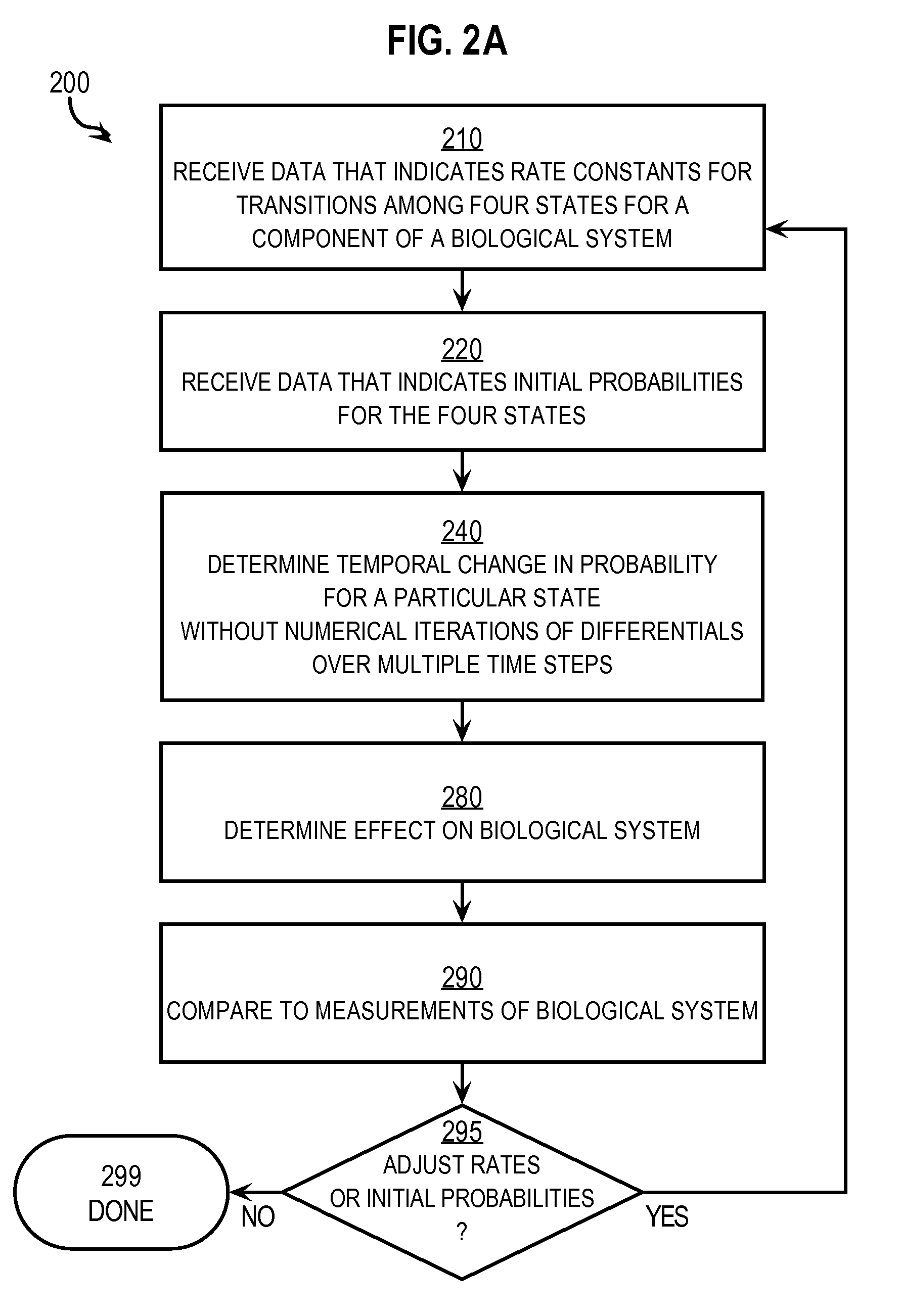Techniques for Determining the Effects on a System of a Component that has Four States
a technology of a component and a state, applied in the field of determining the effect of a factor on a biological system, can solve the problems of preventing the determination of rate constants to match data and the prediction of the effect of an external factor on a system, and achieves the effect of facilitating comparison and rate constants
- Summary
- Abstract
- Description
- Claims
- Application Information
AI Technical Summary
Benefits of technology
Problems solved by technology
Method used
Image
Examples
Embodiment Construction
[0002] This invention was made with Government support under Contract No. HL068733 awarded by the National Institutes of Health. The Government has certain rights in the invention.
BACKGROUND OF THE INVENTION
[0003] 1. Field of the Invention
[0004] The present invention is directed to determining an effect of a factor on a biological system by determining a temporal change in probability of a component occupying a particular one of up to four distinguishable configurations, called states. In a particular embodiment, an effect of a factor (such as presence of a ligand or introduction of a voltage change) on an ion channel in a membrane of a cell is determined by determining a temporal change in probability that the ion channel is in one of four distinguishable states.
[0005] 2. Description of the Related Art
[0006] Many biological systems important to a normal or diseased processes in a cell can be described as dependent on the population of different states of each of one or more dif...
PUM
| Property | Measurement | Unit |
|---|---|---|
| Power | aaaaa | aaaaa |
| Cell angle | aaaaa | aaaaa |
| Concentration | aaaaa | aaaaa |
Abstract
Description
Claims
Application Information
 Login to View More
Login to View More - R&D
- Intellectual Property
- Life Sciences
- Materials
- Tech Scout
- Unparalleled Data Quality
- Higher Quality Content
- 60% Fewer Hallucinations
Browse by: Latest US Patents, China's latest patents, Technical Efficacy Thesaurus, Application Domain, Technology Topic, Popular Technical Reports.
© 2025 PatSnap. All rights reserved.Legal|Privacy policy|Modern Slavery Act Transparency Statement|Sitemap|About US| Contact US: help@patsnap.com



